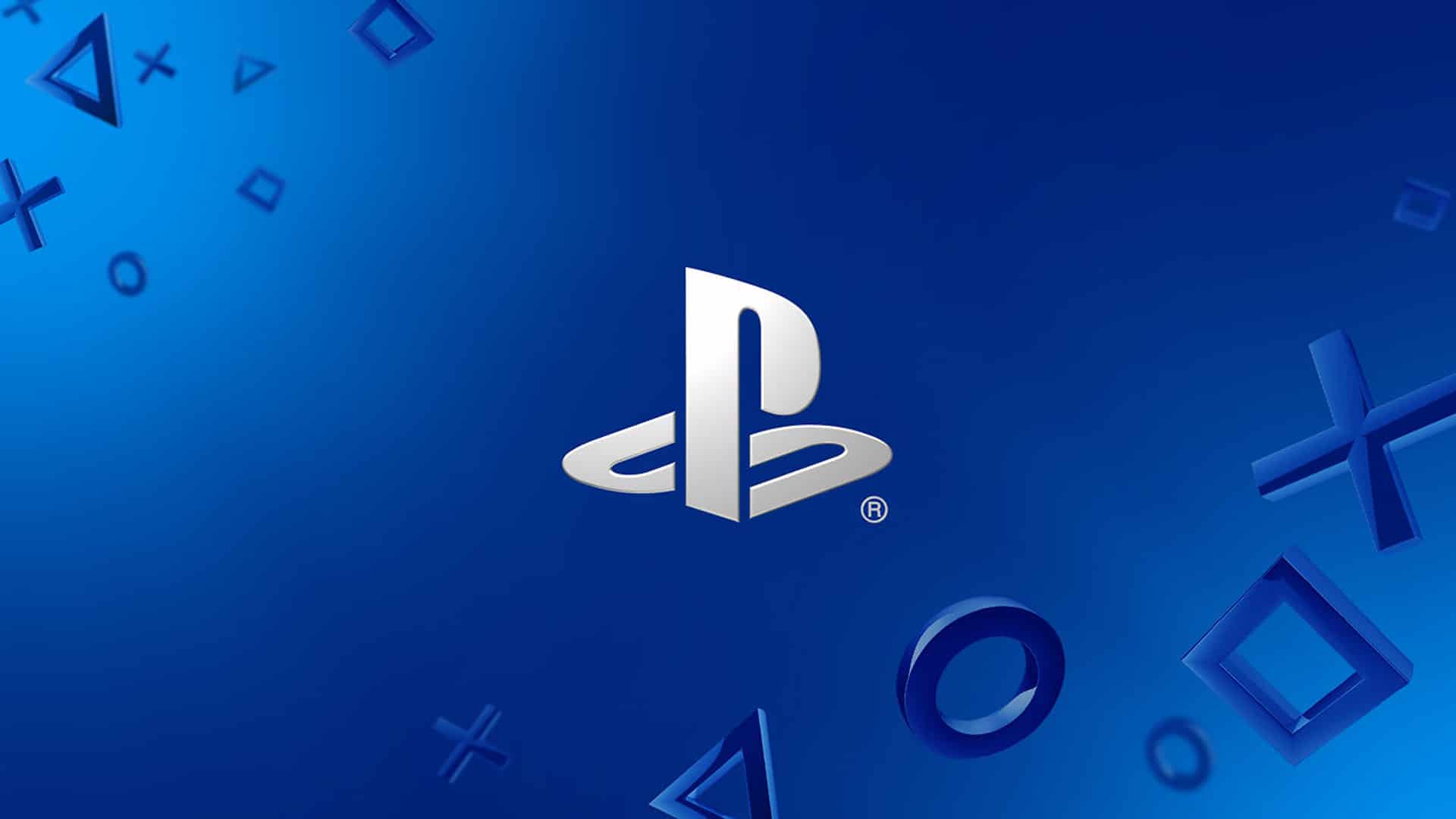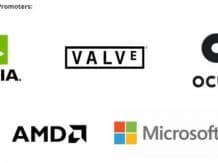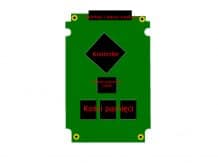PlayStation 5, in addition to the built-in SSD drive, can be enriched with a completely new M.2 connector, as is the case with personal computers. The problem is that, just like a PC, we can put SSDs of different classes (from those with the SATA protocol to NVMe 1.4 on PC 4.0), so in Sony PS5 we are clearly suggested to choose those from the top shelf. But what happens when we bet on something worse? We just got the answer to how the PlayStation 5’s weak SSDs are doing.
Do weak SSDs in PlayStation 5 make sense?
For the PlayStation 5 with 667 GB of free disk space in both the motorized and digital versions, you will need an SSD with an M.2 connector (any of the types 2230, 2242, 2260, 2280 or 22110). Sony recommends using models with a capacity of 250 to 4096 GB that use a PCIe 4.0 × 4 interface with a sequential read of at least 5500 MB / s. So it is not cheap fun, because in fact more capacious drives of this type will exceed the price of the console itself.
Also read: YouTube will also allow you to download videos on computers
Fortunately, the analysis carried out by Digital Foundry says something else – we do not have to spend well over a thousand zlotys on the disc. It does this when comparing the capabilities of the cheapest SSD drive on the market, meeting the requirements of Sony specifications (250-GB Western Digital SN750) and one of the best SSDs currently available on the market, namely Western Digital SN850, with integrated PS5 drive.
Also read: Steam Deck controller, i.e. new information about Valve’s hardware
Their sequential readings are 3200, 7000 and 5500 MB / s respectively, but in what is most important, i.e. games, the difference between them did not exist, even in Ratchet & Clank: A Rift Apart. Differences began to appear both when launching the game (10, 8 and 7 seconds consecutively) and copying game files, where the internal SSD stood at the SN750, requiring around seven minutes to transfer the 60 GB game that the SN850 coped with in 49 seconds.















